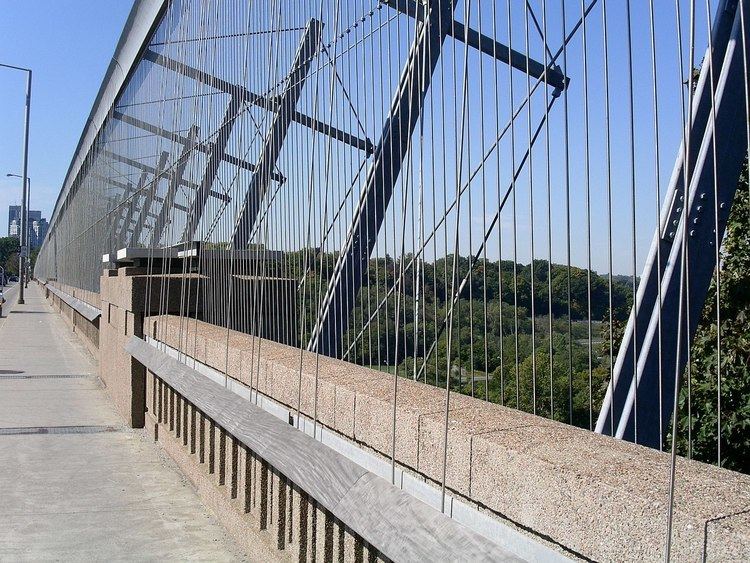 | ||
The following is a list of current and historic sites frequently chosen to commit suicide, usually by jumping. Some of the sites listed have installed suicide barriers, and other precautions, such as crisis hotline phones.
Contents
Exact numbers of victims are sometimes difficult to determine, as many jurisdictions and media agencies have ceased collecting statistics and reporting suicides at common sites, in the belief that the reporting may encourage others.
Most popular locations
Africa
Asia
Europe
North America
Oceania
South America
References
List of suicide sites Wikipedia(Text) CC BY-SA
